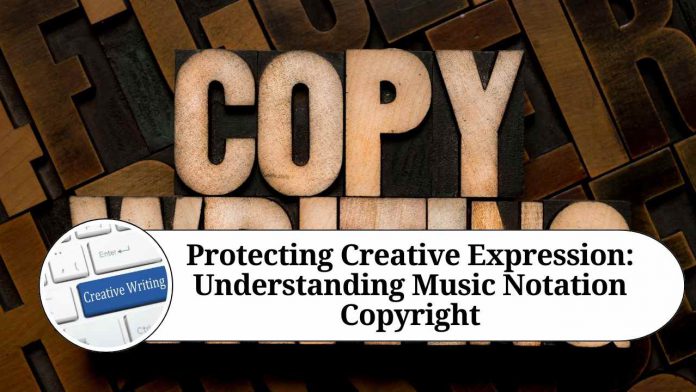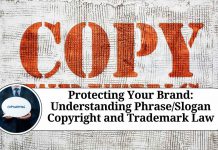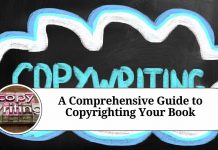Introduction
Music has the power to evoke emotions, inspire creativity, and bring people together. Behind every melodic masterpiece lies the hard work, talent, and creativity of composers and songwriters. To ensure the protection of their intellectual property, copyright laws have been established. In the realm of music, one significant aspect of copyright is music notation. This blog post aims to shed light on music notation copyright, its importance, and how it safeguards the creative expressions of musicians.
Understanding Music Notation
Music notation is a system of symbols and marks used to represent musical sounds and their duration, pitch, and rhythm. It provides a standardized way of writing down music, allowing composers to communicate their musical ideas to performers, preserving their compositions for future generations, and enabling the sharing and interpretation of music across cultures and time.
The Role of Copyright
Copyright is a legal mechanism that grants exclusive rights to the creators of original works, ensuring they have control over how their creations are used and distributed. When it comes to music, copyright protection covers various aspects, including the composition, lyrics, sound recording, and performance. Music notation, as a tangible form of musical expression, is also protected by copyright.
Music Notation Copyright Protection
In many countries, including the United States, music notation is protected under copyright law as a form of “musical work.” This means that the original arrangement and specific notation of a piece of music are considered the intellectual property of the composer or arranger.
The moment a musical composition is created and expressed in a tangible form, such as written sheet music or a digital notation file, it is automatically protected by copyright. This means that composers have the exclusive right to reproduce, distribute, perform, and display their notated music. Others must seek permission from the copyright holder to use the notation in any way that falls within these exclusive rights.
Importance of Music Notation Copyright
- Recognition and Ownership: Copyright protection ensures that composers and arrangers receive recognition for their creative work. It establishes their ownership and authorship, preserving their legacy and contribution to the musical landscape.
- Financial Benefits: Copyright allows composers to control how their music is used commercially. It enables them to negotiate licensing agreements, sell or transfer their rights, and receive royalties when their music is performed, recorded, or distributed. These financial benefits support musicians’ livelihoods and incentivize further creative endeavors.
- Preservation and Access: Copyright protection encourages the preservation of musical compositions. By safeguarding the notation, copyright helps ensure that future generations can study, perform, and appreciate these works. It also promotes accessibility by allowing composers to make their music available through various formats and platforms.
- Creative Incentive: Copyright protection fosters a vibrant and diverse musical landscape by providing composers with the incentive to create new works. The assurance of legal protection encourages artistic experimentation and innovation, leading to a rich tapestry of musical expressions.
Respecting Copyright in Music Notation
Respecting music notation copyright is crucial for musicians, educators, arrangers, and performers. Here are a few guidelines to bear in mind:
- Seek Permission: When using someone else’s music notation, always seek permission from the copyright holder. This applies to arranging, transcribing, adapting, or performing a copyrighted work.
- License and Royalties: If you intend to use a copyrighted music notation for commercial purposes, obtain the necessary licenses and ensure that appropriate royalties are paid to the copyright holder.
- Public Domain and Fair Use: Be aware of music notations that have entered the public domain, meaning their copyrights have expired. Additionally, familiarize yourself with fair use guidelines to determine when limited use of copyrighted material may be permissible without explicit permission.
Other Related Blogs: Section 144B Income Tax Act
Frequently Asked Questions (FAQs)
Q. What is music notation copyright?
Music notation copyright refers to the legal protection granted to the arrangement and specific notation of a musical composition. It gives the composer or arranger exclusive rights over the reproduction, distribution, performance, and display of their notated music.
Q. Is music notation automatically protected by copyright?
Yes, as soon as a musical composition is created and expressed in a tangible form, such as written sheet music or a digital notation file, it is automatically protected by copyright. Registration or any specific action is not required for copyright protection to be granted.
Q. How long does music notation copyright last?
The duration of music notation copyright varies depending on the country. In many countries, including the United States, the copyright duration is typically the life of the composer plus an additional 70 years. However, it’s essential to check the copyright laws specific to your jurisdiction.
Q. Can I use copyrighted music notation without permission for educational purposes?
The use of copyrighted music notation for educational purposes may be allowed under certain circumstances, such as classroom instruction, research, or criticism. This falls under the fair use doctrine, which permits limited use of copyrighted material without seeking explicit permission. However, the extent and applicability of fair use can vary, so it’s essential to consult local copyright laws and guidelines.
Q. Can I arrange or transcribe copyrighted music for performance or recording?
Arranging or transcribing copyrighted music for performance or recording generally requires permission from the copyright holder. Even if you create your own arrangement, you must seek a license or obtain permission to avoid infringing on the copyright owner’s exclusive rights.
Q. Can I share copyrighted music notation online?
Sharing copyrighted music notation online without permission from the copyright holder can infringe on their rights. It’s crucial to respect copyright laws and obtain proper authorization or licenses before sharing copyrighted material on the internet.
Q. How can I obtain permission to use copyrighted music notation?
To obtain permission to use copyrighted music notation, you need to contact the copyright holder, which is typically the composer, publisher, or their authorized representative. You can reach out to them directly or through copyright clearance organizations or music licensing agencies to negotiate a license agreement.
Q. What happens if I infringe on music notation copyright?
Infringing on music notation copyright can lead to legal consequences, including financial damages and injunctions. Copyright holders have the right to enforce their exclusive rights and take legal action against individuals or entities that infringe on their copyrights.
Q. Can music notation enter the public domain?
Yes, music notation can enter the public domain when the copyright protection expires. Once a composition’s copyright term has ended, the notation becomes part of the public domain, and anyone can use it freely without seeking permission.
Q. Is copyright protection international?
Copyright protection varies from country to country. However, many countries have copyright agreements and treaties in place to protect works across borders. It’s important to understand the copyright laws specific to your country and consider international copyright agreements when dealing with music notation.




















